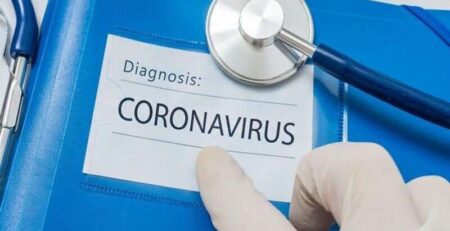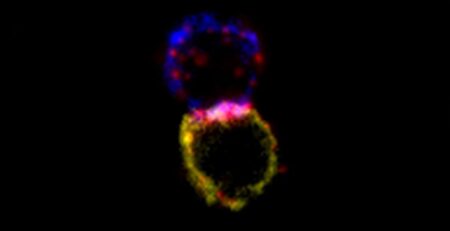Should you try the Keto Diet?
The keto diet is touted as a miracle weight loss method, but such a diet is a medical diet with potential health risks.
In a variety of weight loss diets, the high-protein low-carbohydrate diet gets a lot of attention. The Paleo, South Beach, and Atkins diets all fall into this group, and they are sometimes referred to as the keto diet. However, the keto diet in the true sense is not. Unlike low-carb diets, which only focus on protein, the fat-centered keto diet contributes 90% of the energy absorbed each day. And this is not a form of diet that can be tried experimentally.
“The initial keto diet is used to reduce the frequency of epileptic seizures in children.” Meanwhile, this regimen is also used for weight loss, however only short-term studies have been performed, and results have been mixed. “We are not sure if this method will work in the long term, and whether it is safe,” says nutritionist Kathy McManus, director of nutrition at the university’s Brigham and Women hospital. Harvard said.
How does the keto diet work?
The keto diet forces your body to switch to another form of energy. Instead of relying on starches or sugars from seeds, rice, vegetables, and fruits, the keto diet depends on ketone bodies, which are the form of energy metabolized by the liver from fat stored in the body.
Burning stored body fat is an ideal way to lose weight, but forcing the liver to produce ketone bodies is not easy, as it requires the following conditions:
It takes about a few days to reach the ketosis producing state.
How will you eat?
Because the keto diet is high in fat, dieters must eat fat at every meal. If you take 2,000 calories per day, it equates to 165 grams of fat, 40 grams of carbs, and 75 grams of protein. However, how exact the ratio is depends on your individual needs.
You can eat healthy unsaturated fats on a keto diet like nuts (admonds, butter, tofu, and olive oil); however, some saturated fats such as coconut oil and avocado are also recommended in large amounts. Protein is also a part of the keto diet, but there is no need to differentiate protein from fat free or fatty meat (pork, beef, bacon).
What about vegetables and fruits? All fruit is high in carbohydrates, however you can eat some seedless fruits. Eat vegetables, you should only use green and thin vegetables such as spinach, cauliflower, pepper, garlic, onions, mushrooms, and cucumbers.
Health risks of following a keto diet The keto diet has many negative health risks. At the top of the chart is too much fat-free. Ms. McManus suggested that we should only keep the amount of non-saturated fat less than 7% of our daily energy intake because of the relationship between fat-free-saturation and cardiovascular disease. In fact, this keto diet increases the amount of bad cholesterol (LDL) that is associated with cardiovascular diseases.
Other risks include:
Lack of nutrients: “If you do not eat enough fruits and vegetables, you risk a deficiency of micronutrients including selenium, zinc, phosphorus, vitamins B and C.” Ms. McManus said. Damage to the liver: With too much fat being metabolized by the liver, it can worsen the current liver condition. Kidney damage: The kidneys help metabolize protein, and the keto diet can make the kidneys overactive (Current recommendations are only about 46 grams of protein for women, and 56 grams of protein for men).
Constipation: The keto diet uses as little fiber foods as it is around nuts. Brain fatigue and discomfort: Because your brain needs a lot of sugar to function properly, following a low-sugar (starch) diet can distract you and feel uncomfortable.
What about other diets? Low-carb diets like Atkin or Paleo differ slightly from real keto diets. But they also carry the same health risks if you lean sideways like getting too much fat or protein and skipping carbs.
So why are so many people still following the above diets? “A lot of people practice dieting, and we see occasional success,” says Ms. McManus. There are also many theories about whether a low-carb diet in the short term will succeed because it reduces appetite or that fat burns more slowly after starches.
Once again, however, we are unsure whether they will succeed in the long term. In fact, the diet, regardless of the diet, is difficult to maintain for long. And once you get back to your normal diet, it’s easy to get back on weight.












